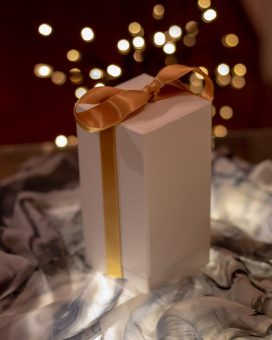P aper is often presented as an environmentally friendly alternative to plastic, especially when it comes to packaging. However, even paper waste, if not properly managed, remains a source of pollution in its own way. Printing houses, as a sector that works with large amounts of paper daily, are most familiar with the challenges of managing this type of waste.

Miodrag Ristić has been in the printing business for many years and knows exactly how much paper waste remains at the end of a working day. Paper is often perceived as a more eco-friendly material due to its easier recyclability, but our interviewee does not share this view and believes that this process is not the most efficient choice. As he explains, the greatest pollution in the paper industry occurs during the recycling process, which is also highly energy-intensive, leading to greenhouse gas emissions.
In addition to the environmental impact, the financial aspect of paper waste should also be considered. The compensation for purchased waste paper has been decreasing over the years, and if this trend continues, printing houses will soon have to pay for its disposal.
“Sometimes, we deal with expensive types of paper or cardboard that go through all stages of production, only for a significant percentage of that valuable material to end up in the recycling bin. The usual question people ask themselves when they notice this anomaly is – if this has been happening for centuries, in almost every printing house worldwide, why hasn’t someone already solved it?” says Ristić.
IN FOCUS:
- Scientists from Vinča Designing a Multifunctional Filter for Wastewater Purification and Hydrogen Production
- Reverse Vending Machines – A Smart Solution for a Clean Future
- Circular Economy – A Goal or a Means of Waste Management?
He cites this inertia as the first and most significant obstacle to any innovation. However, the family-owned printing house Deto recognized different possibilities and dared to introduce waste paper into an alternative process instead of sending it for recycling.
Officially founded in March 1992, the company carries on a tradition spanning more than a century, as many family members have been engaged in printing, bookbinding, publishing, journalism, and graphic design over the years.
“You could say printing ink runs in our veins, and that’s probably not just a metaphor, since for the past twenty years, the Ristić family has literally lived and worked under the same roof,” our interviewee jokingly adds.
Throughout its existence, the printing house has undergone several phases of development, but as Miodrag notes, they have always been unique. They started collaborating with marketing agencies very early, developing their own products, and incorporating digital tools into their processes.
The inspiration for their idea stemmed from frustration over the environmental and financial challenges related to paper waste. Recognizing the issue of waste generated in the production process, they decided to experiment—how could they turn a narrow strip of waste cardboard into a box? The result surprised and delighted them, prompting them to share a photo of the box on Pinterest.
They modestly state that, thanks to fortunate circumstances, the image achieved great success and inspired them to consider further applications of this idea. Today, decorative and promotional boxes made from surplus technological paper are one of their most sought-after products.
The significance of this idea and the creation of new boxes is best illustrated by the fact that they produce between 10 and 20 tons of such waste annually. As Miodrag emphasizes, they have entered a race where the goal is to reclaim as much material as possible from this waste and turn it back into a useful product.
Prepared by Katarina Vuinac
The story was published in the Energy portal Magazine CIRCULAR ECONOMY

